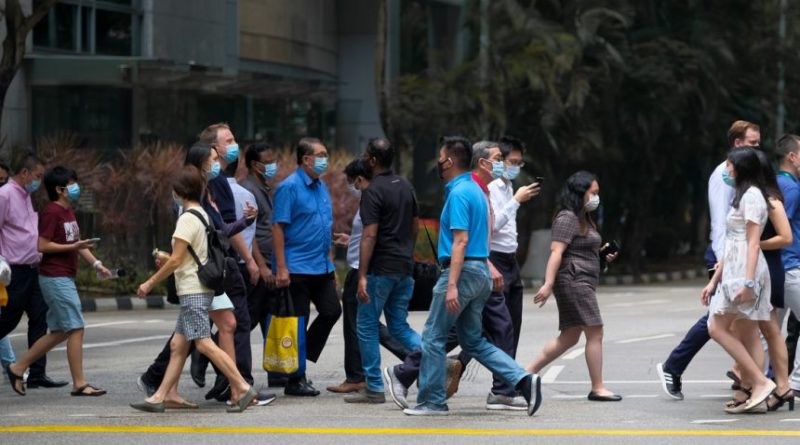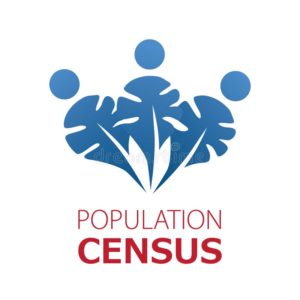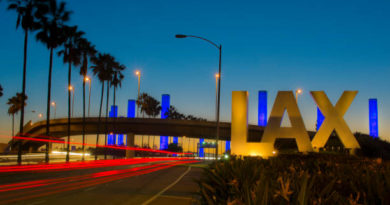HEADLINE-POPULATION: SINGAPORE- S’pore’s total population falls 4.1% to 5.45 million as Covid-19 hits foreign workforce numbers
Singapore’s total population as of June fell for the second straight year, down to 5.45 million from 5.69 million in 2020. This 4.1 per cent decrease is the largest year-on-year decline – and only the third instance of negative growth – since 1950, according to data from the Department of Statistics.
Previous falls in total population were registered in 2020 (0.3 per cent) and 1986 (0.1 per cent).
Although the resident population also fell slightly, this year’s decline stemmed largely from the 10.7 per cent decrease in the non-resident population, which fell to 1.47 million as of June. As with last year – when the dip was 2.1 per cent – the non-resident population declined largely on account of falling foreign employment amid travel restrictions and uncertain economic conditions.
The decrease was seen across all pass types that are issued to non-residents, with work permit holders in the construction, marine shipyard and process sectors seeing the largest drop.
These workers made up 20 per cent of the non-resident population, compared with dependants (18 per cent) and migrant domestic workers (16 per cent). Employment pass and S pass holders each comprised 11 per cent of the group.
Singapore’s citizen population also decreased by 0.7 per cent to 3.5 million, while the permanent resident (PR) population fell by 6.2 per cent to 0.49 million. This is the first year-on-year decrease in both the citizen and resident populations since the data was collected in 1970.
The resident population comprises citizens and permanent residents.
Travel restrictions during the pandemic played a major part in the decline, said the report, as more citizens and PRs stayed overseas continuously for 12 months or more and were not counted as part of Singapore’s resident population.
The travel restrictions, however, cut both ways and resulted in an overall decrease in the number of overseas Singapore citizens to 179,500 – the lowest since 2011. This is because the number of frequent travellers – citizens who usually reside in Singapore but travel abroad for the greater part of the year – saw an even greater dip.
There were also fewer citizenships (21,085) and permanent residencies (27,470) granted, compared with 2020.
The report said this was likely due to travel restrictions, as well as “operational limitations” induced by the pandemic. For instance, the implementation of safe management measures resulted in limited slots to complete the final steps for PR and citizenship registration – which must be done in-person.
Some applicants who had received in-principle approval thus did not complete the full process needed to become PRs or citizens.
“Immigration helps to moderate the impact of ageing and low birth rates in our citizen population, and keeps it from shrinking over the longer term. The pace of immigration will continue to be kept measured and stable,” said the report, which is published by the National Population and Talent Division under the Prime Minister’s Office.
Singapore’s citizen population also continued to age, with 17.6 per cent aged 65 and above compared with 16.8 per cent in June last year – and 10.1 per cent in 2011. The pace of ageing is faster compared with the last decade, and large cohorts of baby boomers – those born from 1946 to 1964 – are entering the post-65 age range, the report noted.
The proportion of those aged 65 and above is expected to increase to about 23.8 per cent in 2030.
On the other hand, the proportion of citizens aged 20 to 64 has fallen from 65.1 per cent in 2011 to the current 61.9 per cent, and is expected to further decrease to about 56 per cent in 2030.
Singapore’s population decline must be seen as a wake-up call – one expected for some time but which has now taken a pandemic to bring into sharp focus, said Associate Professor Leong Chan-Hoong of the Singapore University of Social Sciences.
Noting that there remains no defined end in sight for Covid-19 and its uncertainties, he added: “To assume that next year we’re going to import foreign workers – as what we’ve done for the last 20, 30 years – is quite foolish. The wiser thing to do now is to make some of those structural changes that we should have done long ago, to address the limitations that we have in terms of labour, work-life balance, competitiveness and so on.”
He said: “Are our business models still sustainable if they rely heavily on the contributions of lower-skilled foreign workers? At a societal, individual level, are Singaporeans prepared to make the sacrifices and changes to our routines, to our habits?
“On the one hand, we lament there are too many foreign workers but on the other, I think not all Singaporeans are prepared for the trade-offs.”





 SINGAPORE – Singapore registered record dips in its population numbers over the past year as the impact of Covid-19 pandemic restrictions and conditions hit home, the Government’s annual Population in Brief report revealed on Tuesday (Sept 28).
SINGAPORE – Singapore registered record dips in its population numbers over the past year as the impact of Covid-19 pandemic restrictions and conditions hit home, the Government’s annual Population in Brief report revealed on Tuesday (Sept 28).









